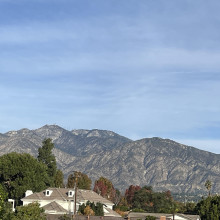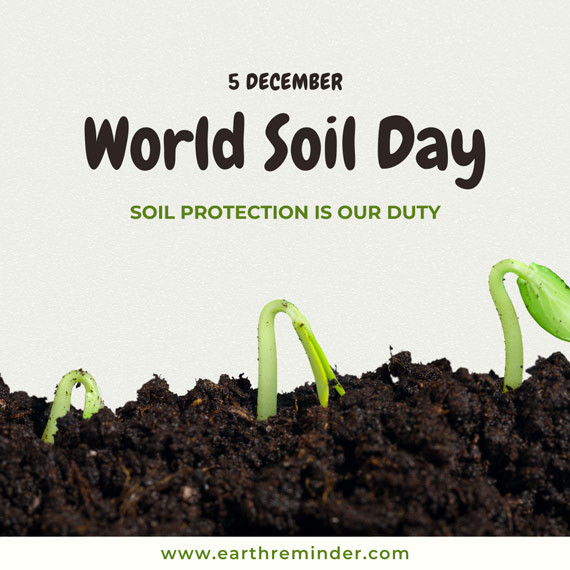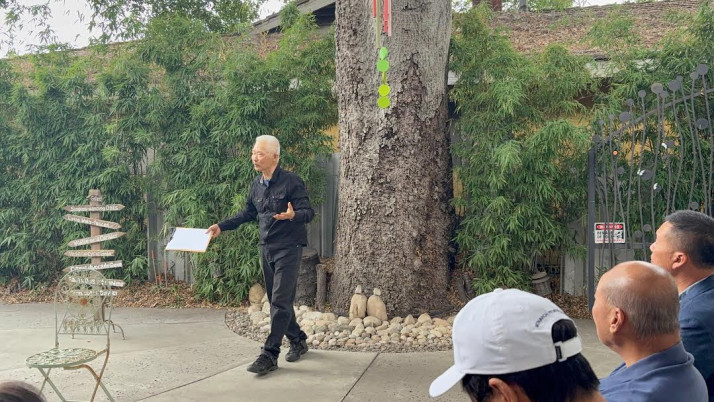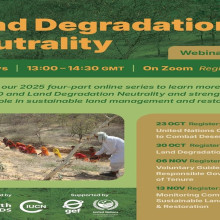Great Green Wall in China -- I'm sharing a video titled "How China turned the desert into green forests" with an impressive story about ecosystems transformation with a large-scale master-planned forestation over vast desert lands to combat desertification in China. I've learned a bit everytime when I read info about this "Great Green Wall" project, and hope you'll enjoy this one. I'm spreading it as part of my actions to take part in the UN World Soil Day 2025. The link goes: https://www.msn.com/en-us/news/world/how-china-turned-the-desert-into-g…
-
Edward Huang created a new resource in Global Community.
-
Edward Huang created a new resource in Global Community.
-
Edward Huang posted in Global Community
há 6 days atrás Público -
Edward Huang posted in Global Community
há 1 week atrás PúblicoSKYWARN actions kickoff on Skywarn Recognition Day 2025 --
Today, December 6, is the SKYWARN Recognition Day (SRD) in the US. While the NOAA’s National Weather Service (NWS) cancelled the SRD 2025, as a registered Official Skywarn Spotter and a SciStarter participant in the SKYWARN citizen science project stationed at the Arcadia Ecohome in the foothill community of Arcadia, California, I'm taking on a weeklong voluntarily sky-watch of the San Gabriel Mountains, a desert mountain range just north of Arcadia, as part of my actions to take part in the celebrations of both the 2025 SRD on December 6, the first Saturday of December, and International Mountain Day on December 11, along with reporting and advocacy activities such as this writeup. Monitoring the sky over desert mountains in Southern California where unusual winter wildfires have occurred in recent years, such as the devastating ones in January 2025, driven by extreme drought and heat after wet years and strong Santa Ana winds, is becoming critical in the era of climate new normal with hazardous windstorms and firestorms for our attentions and actions as members of the Skywarn Weather Spotters Network and the Fire Adapted Communities Network (FAC Net). -
Edward Huang posted in Global Community
há 1 week atrás PúblicoSoil properties and soil biodiversity play significant roles in land degradation, especially in arid regions. Today is the UN World Soil Day (WSD) 2025 themed "Healthy Soils for Healthy Cities”. As an urban farmer and a USEPA recognized Qualify Water Efficient Landscaper (QWEL) working at the Arcadia Ecohome’s micro-agroforest, a Certified Bee Friendly Farm and a listed Climate Victory Garden, located in the arid Southern California, I’ve registered a local event with FAO to support the global celebrations of WSD. Our key actions taken today is focused on improving soil properties and biodiversity to combat land degradation with actions to add organic matters from fallen leaves, tree trimmings & food wastes to the forest floor through composting so as to enhance the soil sponge’s functions of taking and keeping moisture from cool night dews, to harbor a bio-diversified forest-floor inhabitants such as insects, earthworms & microbes who contribute to build healthy soils, to induce root growth for reducing soil erosion, and to minimize green & food wastes generated in urban areas to be hauled to remote desert landfills. The photo (sorry, cannot be uploaded) taken today shows sheet composting of fallen leaves all over the forest floor, pile composting of twigs & branches by tree roots and an in-ground composting of kitchen wastes, all for building healthy soils by nature-based solutions. I’m sharing what we do at CIEDM with our networks, especially my follow members in the United Nations Convention to Combat Desertification (UNCCD) Communities of Learning and Practice, as part of our grassroots actions in social media campaign for WSD.
-
Edward Huang posted in Global Community
há 1 week atrás PúblicoI'm sharing an event to take place on December 4 & 5 --
Event Name: CIEDM Actions on Soil Biodiversity @ Arcadia Ecohome
Event Description: As a CIEDM conservation scientist and a member of the FAO Global Soil Partnership’s International Network on Soil Biodiversity (NETSOB) and USDA Natural Resources Conservation Service (NRCS) Soil Health Scholar, Dr. Edward Huang will lead a 2-day local grassroots event to support and take part in the global celebrations of both the 2025 Wildlife Conservation Day and World Soil Day, respectively, on December 4 and 5. The CIEDM actions include event registrations with both wildlifeday.org and FAO, an engagement of leave-the-leaves cleanup of the Arcadia Ecohome's micro-forest which is a Certified Wildlife Habitat and a Certified Pollinator Habitat, a gardening work to add up the forest floor’s sponge layer with organic matters so as to enrich the soil and its ecoservice capacities including enhancement as water, heat and carbon sinks, a bioblitz walk in the forest to observe and record our discoveries of critters, insects, worms, fungus & other creatures, and a social media campaign to raise public awareness of the WCD and WSD significances and messages. -
Edward Huang posted in Global Community
há 1 week atrás PúblicoAs a new member of this community, I'm delighted to briefly introduce myself: I'm an academic and practitioner in the field of urban and environmental planning, with an interest in nature/resources/water conservation. I've lived and worked for 40+ years in the Los Angeles metropolitan area, a part of the arid US Southwest region, and on daily basis encountered/crossed challenges and news about drought, heatwaves, wildfires, flash floods and other climate issues in this region and beyond. I'm glad to be here to share and learn with all of you in this community.
-
Dieudonne ILBOUDO posted in Global Community
há 4 weeks atrás PúblicoExploring Challenges and Opportunities for Africa’s Landscapes – A Pathway to Mitigating Drought Impact
CLP Africa Webinar – November 12, 2025We extend our sincere thanks to all those who participated in the CLP Africa webinar held on November 12, 2025, which focused on the challenges and opportunities for African landscapes in the face of increasing droughts.
This exchange provided an opportunity to share scientific analyses, field experiences, and innovative approaches to strengthening climate resilience across the continent.
Watch the webinar again
You can now watch the full recording of the session on our YouTube channel:
Download the presentations
All documents and presentation materials used during the webinar are available for download in the dedicated Drive folder:
https://drive.google.com/drive/folders/1idsT0w8xR3-1oN3SA0i7WIrtE-IMksd…Thank you again for your participation and commitment to a more resilient future for Africa. Let's remain mobilized for the protection and restoration of our landscapes.
-
Saida Rivero created a new resource in Global Community.
-
Saida Rivero created a new resource in Global Community.








